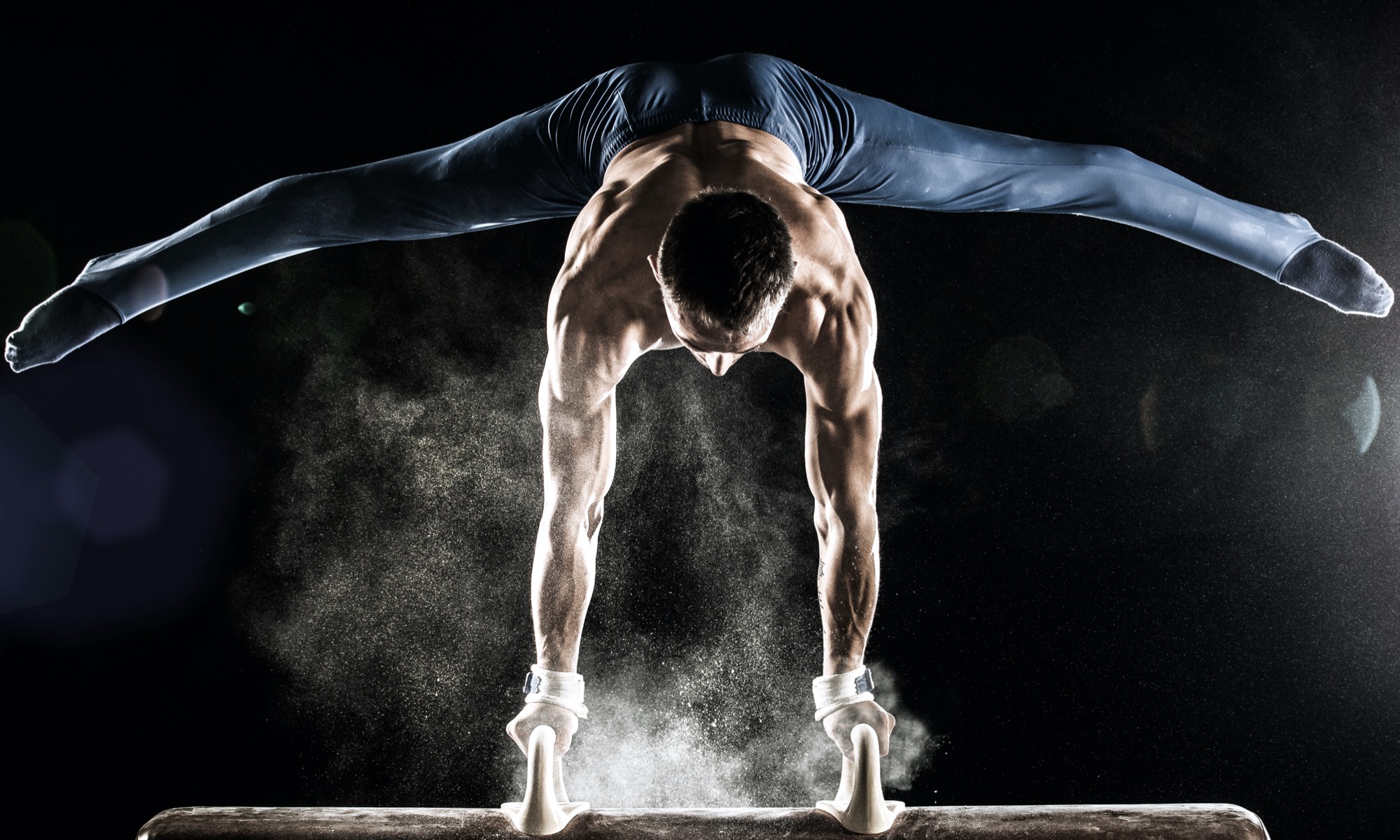Whether you’re a runner, walker or dancer you probably take your feet for granted. That is until they start to hurt. Perhaps it’s because of a painful plantar fasciitis or maybe it’s down to a miserable Morton’s neuroma, there are many things that can grind us to a halt. As a doctor working with British Olympic athletes, I treat feet that have been put through a lot. However, the principles that guide us are just as relevant to recreational exercisers. So here are my three steps to happy feet!
Step one: It’s okay to be different
Our feet are miracles of engineering, designed to take up to 3 times our body weight when running. They are able to adapt to all types of surface and provide a perfect blend of suspension, stability and flexibility. Researchers, recognising how adaptable our feet are, have started to challenge traditional ideas around what constitutes an ‘ideal’ foot shape. We’re all different and, on the whole, that’s absolutely fine. Unfortunately, we’re assailed by an insole industry promising to ‘correct’ our abnormalities. Often, they seek to solve problems that don’t exist, so don’t be seduced by unnecessary insoles; accept the feet you have and help them adapt to what you need them to do.
Step two: Steady as she goes
Not only are feet mechanical marvels, they can adapt with the forces we expose them to. Remember the last time you were a bit more active than usual? Remember how you felt the following day? Well that soreness was the body letting you know it had been overloaded. Fortunately, with some rest and a gradual return to the activity, the tissues get stronger and we stop feeling sore. This is exactly the same for our feet. Maybe it was a slightly overzealous ‘couch to 5K’ routine, or a sudden lifestyle change requiring more walking. Anything that causes a sudden foot overload can cause injury and, if we ignore the early warnings, the problem only gets worse. Prevention is better than cure so, if you’re going to be on your feet a lot, remember to start off slow and increase gently.
Step three: Foot first aid
Maybe you’ve not followed the above steps and are now suffering with pain from an injury which won’t go away. What can be done? Well, injured tissues take time to heal and the more injured they are the longer they take. It’s vital to reduce foot load for a sustained period of around 4 – 6 weeks. This can be very hard for people used to being active but there are no short cuts to healing! In severe cases we sometimes use protective boots and crutches to completely offload, but usually a switch to cushioned shoes, some self-discipline and time should be enough to reverse the situation. If not, it may be time to check in with your friendly Sport Doctor!
So, there you have it, three steps to foot fitness and keeping active!

